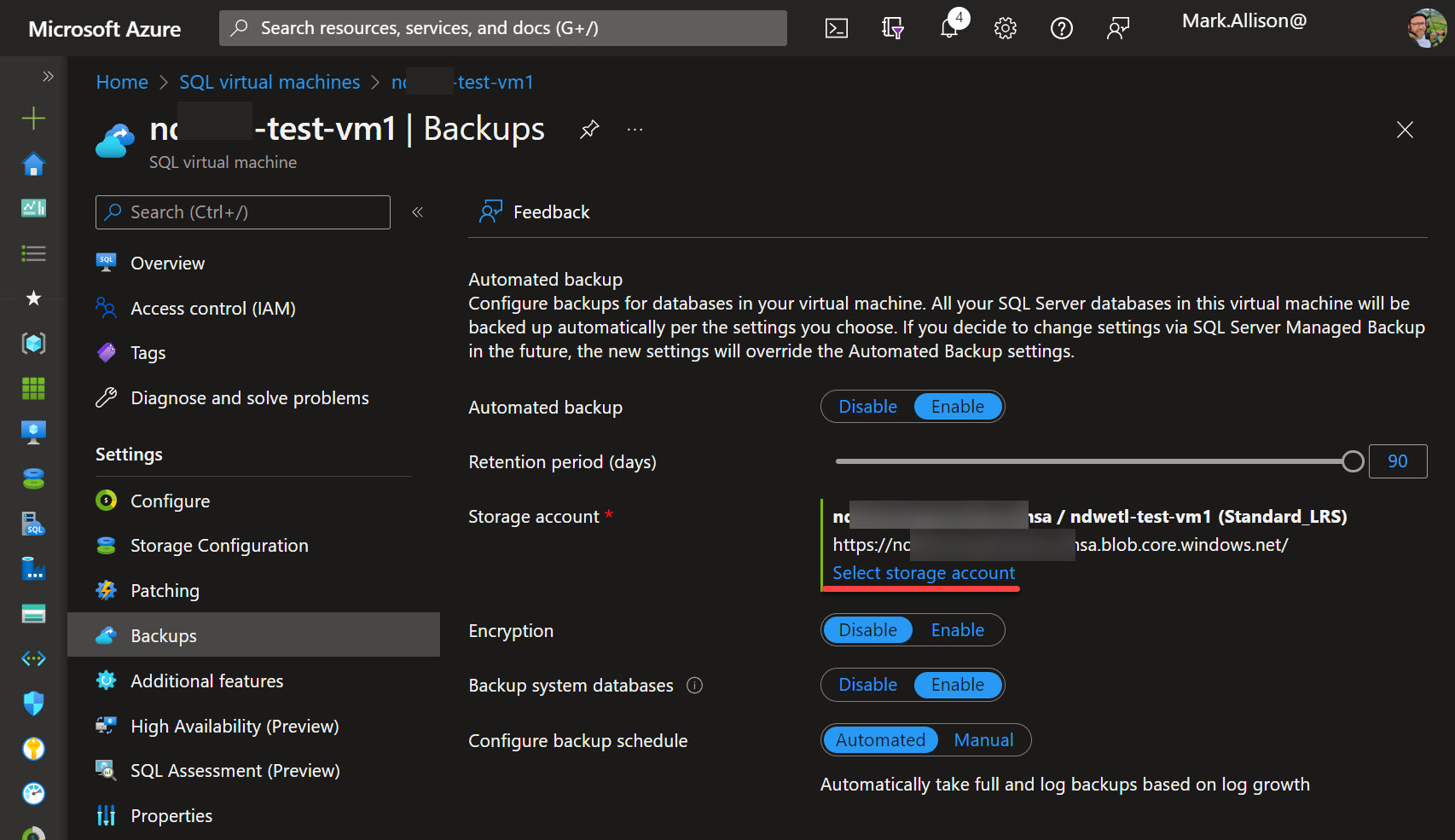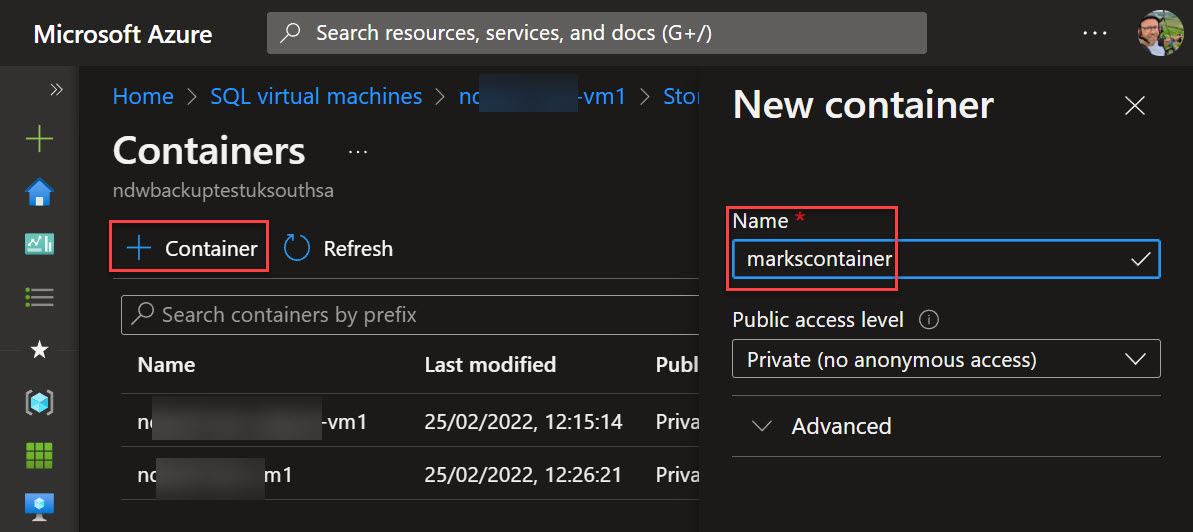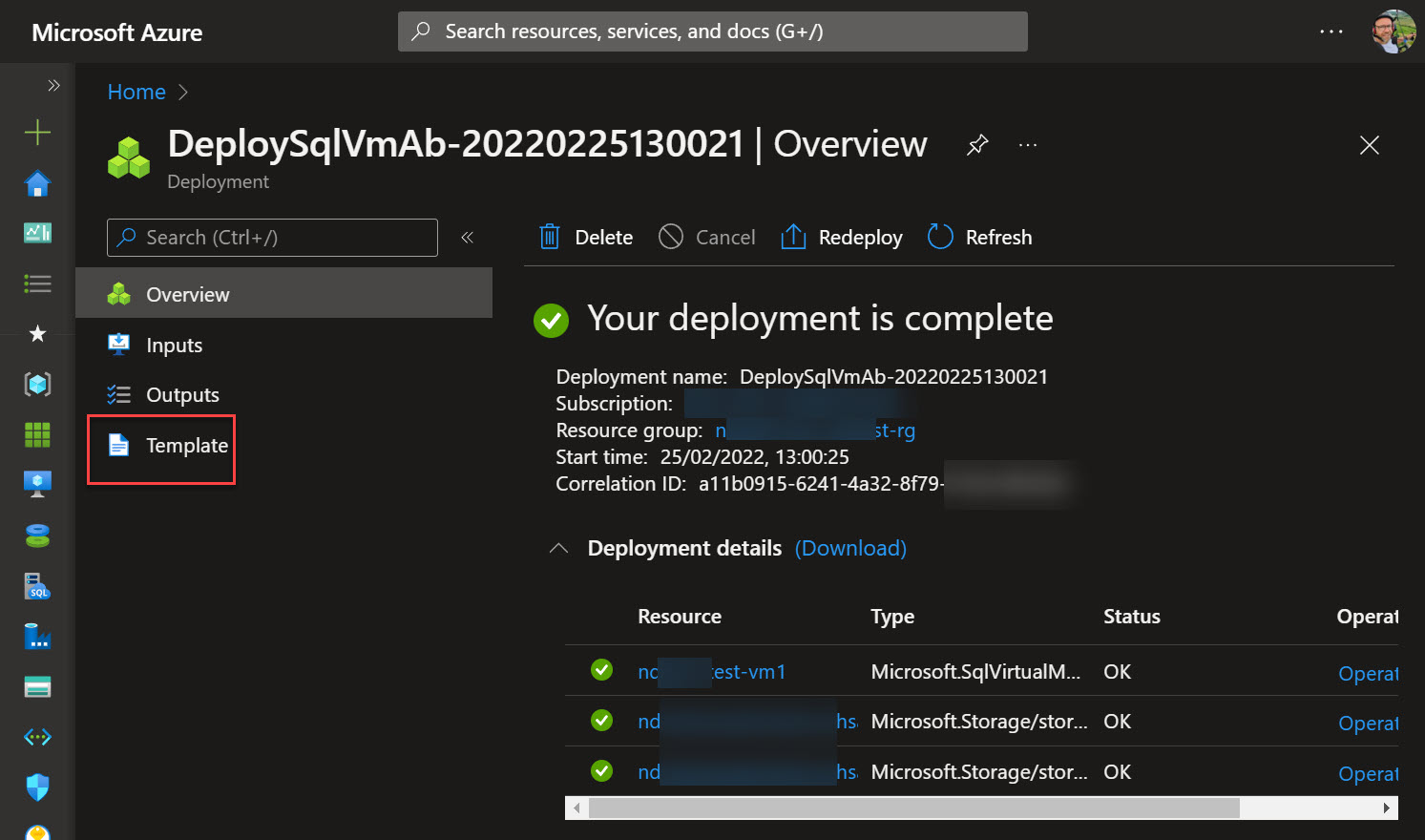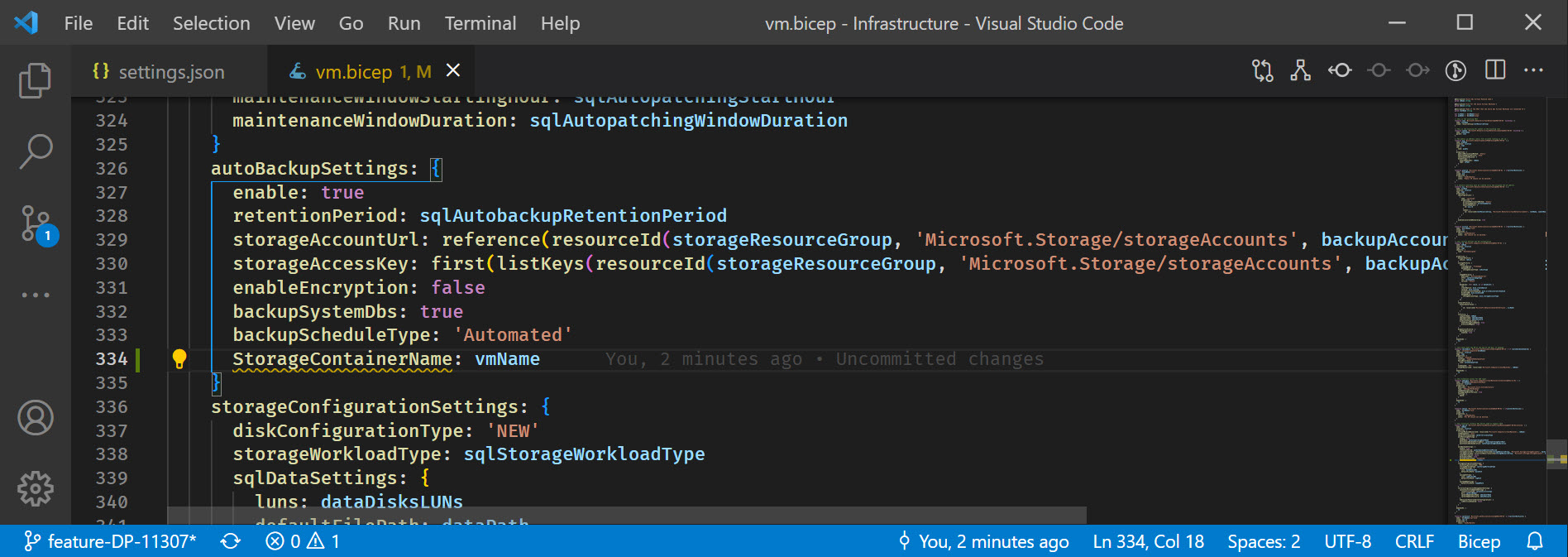Even though Microsoft offer Azure Sql Database and Azure Sql Managed Instance, there are occasions when SQL Server in a VM is required.
The SqlIaaS Azure Resource
If you’ve read my posts before you will know that I deploy resources to the cloud using infrastructure-as-code, with my preferred language being bicep. As a lazy developer, I like to use built-in offerings and PaaS wherever possible. For SQL server on VMs in Azure, the resource Microsoft.SqlVirtualMachine/sqlVirtualMachines is great.
Why reinvent the wheel?
In the Microsoft documentation I noticed there isn’t a way to set the container name for automated backups of SQL Server with the sqlvirtualmachines resource. So, after deploying the template with ARM or bicep the default container name will be backupcontainer.
What if I have multiple SQL IaaS VMs that I want backed up to the same storage account? Clearly, I need to set the container name, and I’m not doing this manually. A good name would be the SQL Server instance name.
Tinkering
I decided to go into the Azure Portal (yes, I know) and see if there is a setting in there to change the container name. I was surprised to see that it is possible by clicking on Select storage account.

I decided to change the name of the container to markscontainer and redeploy, and then capture the template deployment so that I could include that in my bicep template.

Capturing the deployment, and looking at the template I can see a property called StorageContainerName.

Adding to bicep
Notice that there’s no mention of this attribute in the Microsoft documentation, in both the ARM and Bicep sections. I have submitted a response to Microsoft to get that improved.
Also, the vscode bicep linter does not accept this value either, so it’s missing in there as well. Deployments using the bicep template succeed and deploy fine though using the Azure CLI.

If I hover over the squiggly writing I see this:
The property “StorageContainerName” is not allowed on objects of type “AutoBackupSettings”. Permissible properties include “fullBackupFrequency”, “fullBackupStartTime”, “fullBackupWindowHours”, “logBackupFrequency”, “password”. If this is an inaccuracy in the documentation, please report it to the Bicep Team.bicephttps://aka.ms/bicep-type-issues
I’ve reported this to the bicep team too.
Summary
To set the name of the container where your SQL Server backups go to, add the storageContainerName property to the autoBackupSettings of the bicep/ARM template as shown above.